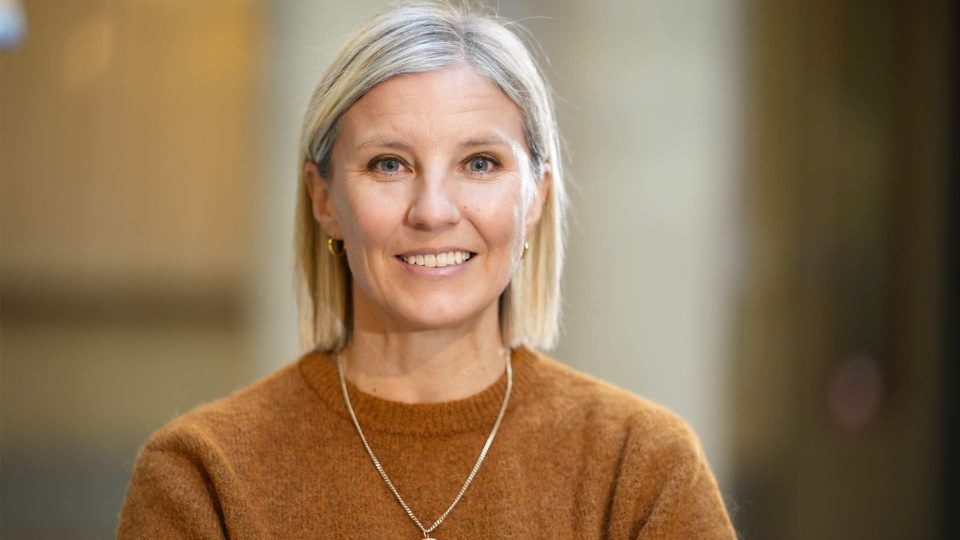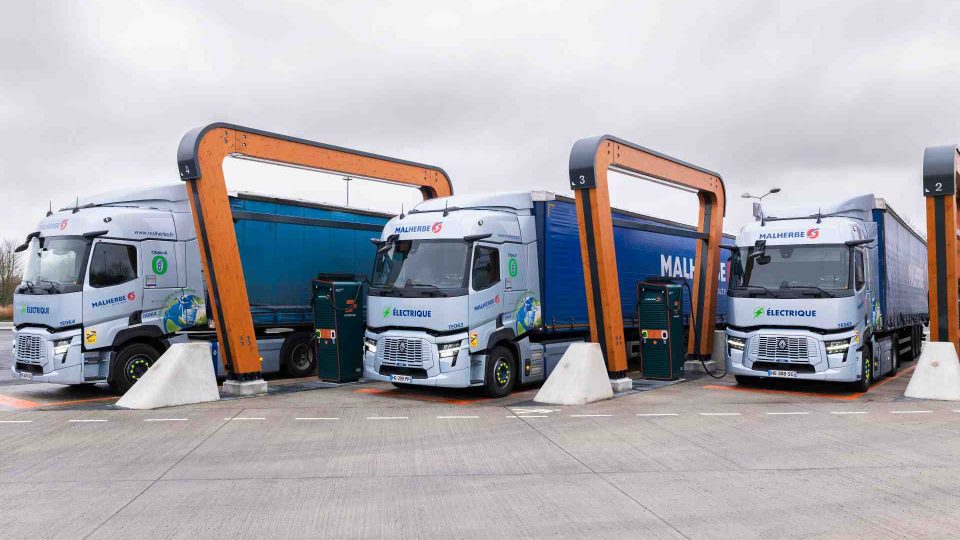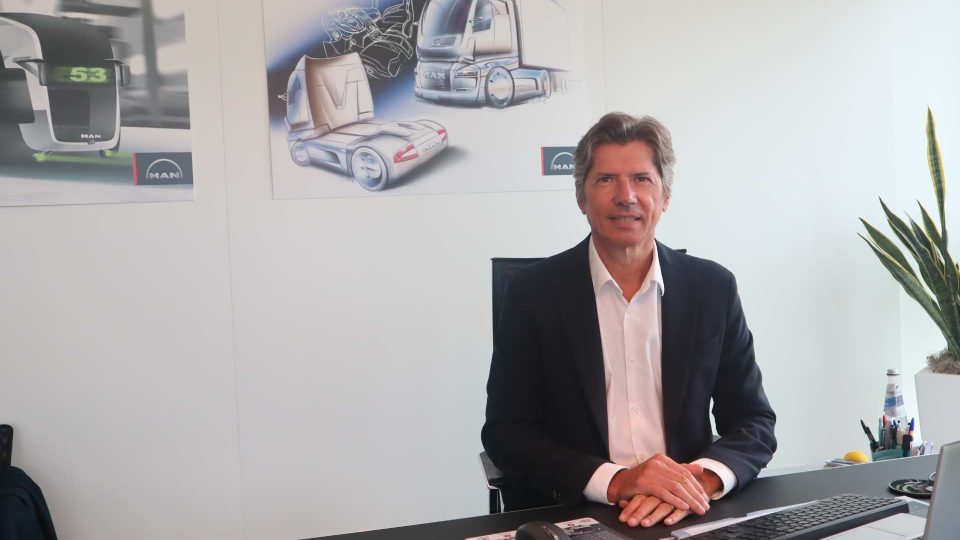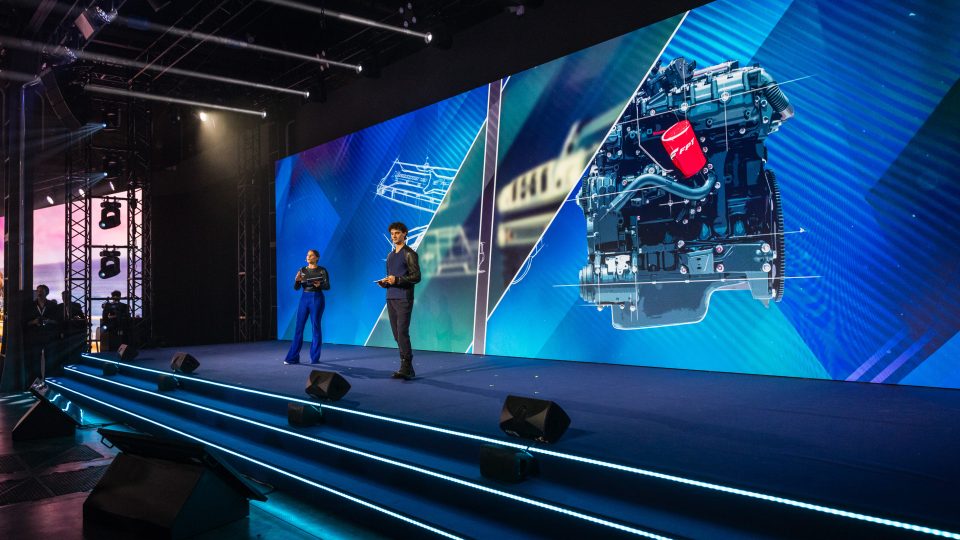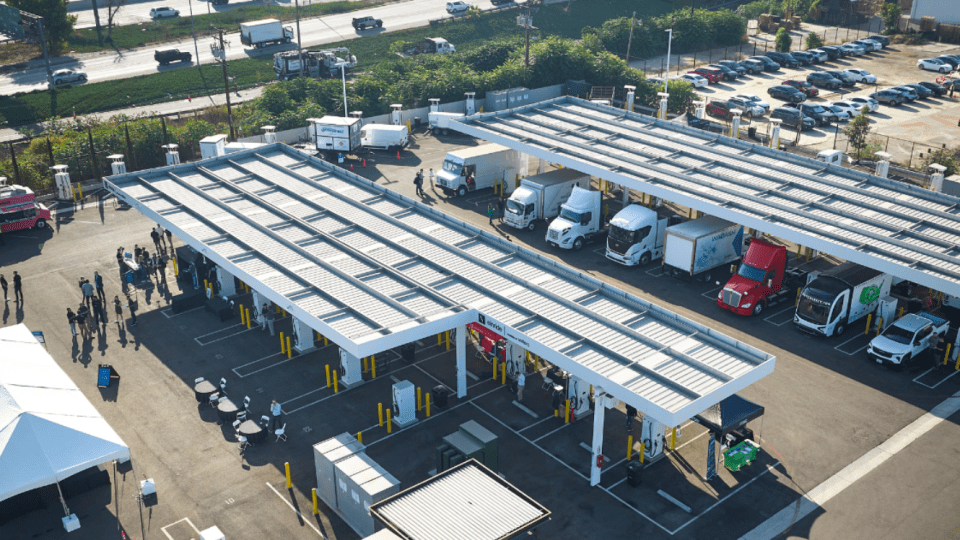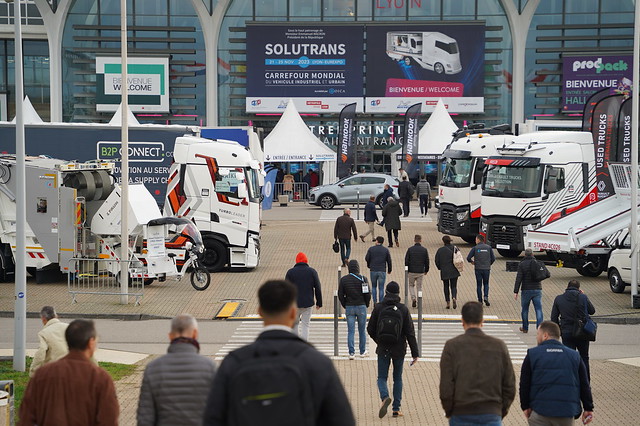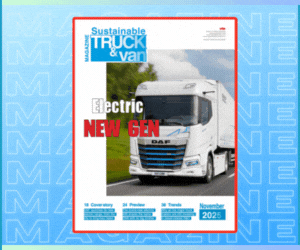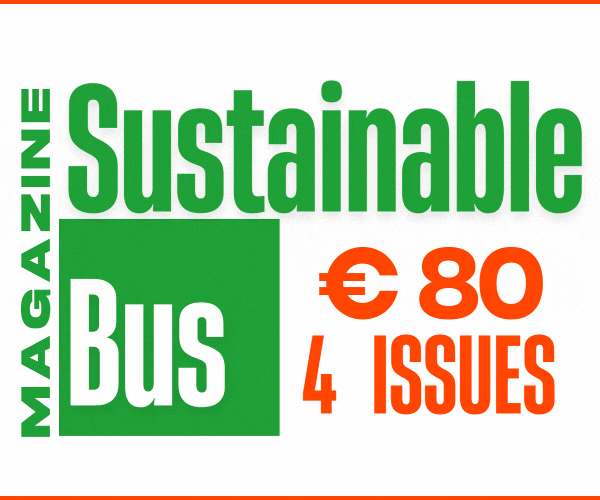Stina Fagerman (Mercedes): “We rely on TCO and ask for support on public infrastructure to boost e-truck sales”. Our interview
"E-trucks will always be more expensive to buy the first time, because the price is then two or two and a half times higher. But then during the lifetime, if you drive around 100,000-120,000 kilometers per year, it really makes sense for many of our customers. Therefore, we are very proud of our product, and we are very proud of that we are able then to bring it to our customers during the end of this year and beginning of next year", she said.
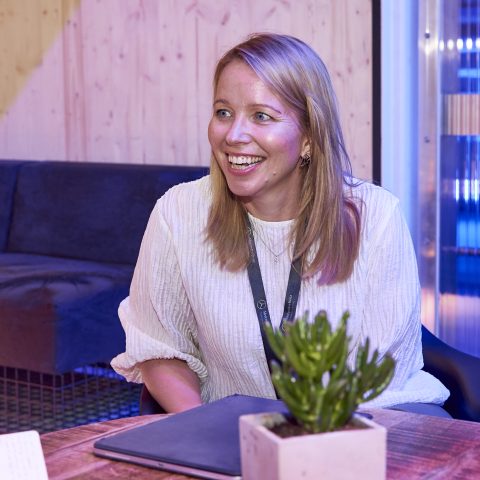
Stina Fagerman is Head of Marketing, Sales and Services at Mercedes-Benz Trucks. Together with the newly-appointed Daimler Truck CEO, Karin Rådström, she is one of the front woman within the German group, especially when it comes to electrification strategies. We had the opportunity to talk to her at the recent IAA Transportation.
Stina Fagerman (Mercedes): incentives are not necessary
Dr Fagerman, what is your opinion on the importance of incentives for boosting electric truck sales and of course the importance of incentives for Mercedes-Benz Trucks strategy? You have a full range of trucks, electric trucks, and so I guess it’s an important issue.
If I talk about Europe then, we see a landscape in Europe with different systems in different markets. We see in markets where there is some kind of CO2-based toll, there we see that they are more advanced in also buying and registering vehicles. For example, we see a new positive trend also now in Germany picking up since they have introduced the CO2 toll system last year. And also, for example, markets like Switzerland, where they had toll-free for zero emission vehicles the last few years have been quite fond of coming to registration vehicles. So, we see it has a positive effect on them. But what is even more important is that with our eActros 600, we have then calculated the TCO, the total cost of operation, so it will make sense in most of our markets also without incentives.
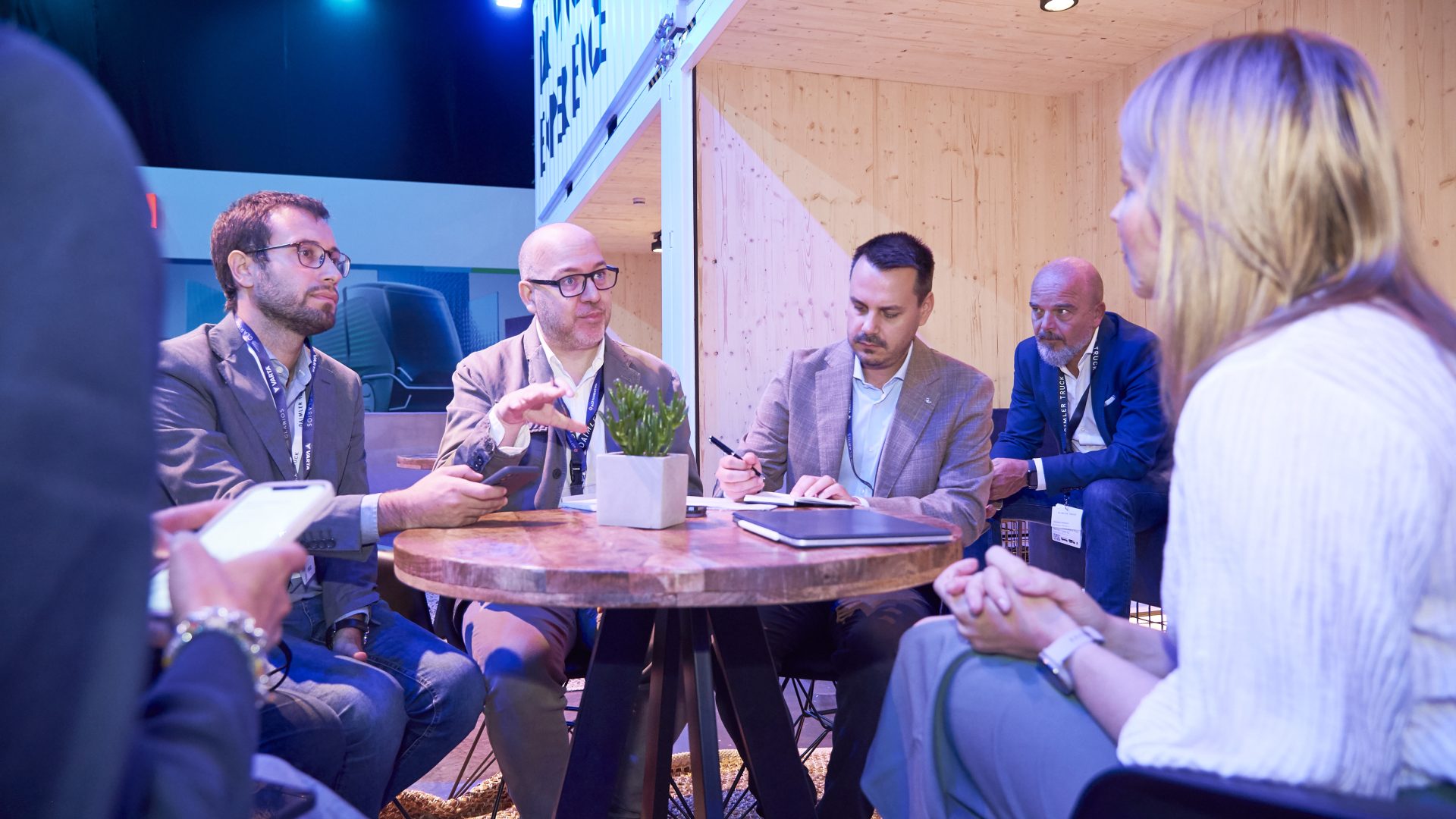
To be honest, the cost of electric trucks is still very high…
E-trucks will always be more expensive to buy the first time, because the price is then two or two and a half times higher. But then during the lifetime, if you drive around 100,000-120,000 kilometers per year, it really makes sense for many of our customers. Therefore, we are very proud of our product, and we are very proud of that we are able then to bring it to our customers during the end of this year and beginning of next year.
So your answer is, our strategy does not depend on incentives from a single country.
Exactly. We cannot have a strategy that depends on incentives, because it’s so different from country to country. But we see in nations that are having the incentives, we see that it’s an extra injection to make the switch. But we have focused on having a product that makes sense also for markets not having these incentives. Of course, in every market, it’s always depending on what’s the diesel price and what’s the electric price. And what is really good, I believe that our experience shows also from this, we have done this European Roadshow, as you might have known, from starting at Frankfurt driving up to the North Cape and down to Spain. And we have now really the experience also for ourselves, the consumption, the energy consumption is on a very low level. So that means that it really helps to pay out. It helps to equalize the higher than purchase price of a vehicle.
The introduction of TruckCharge
You have launched the TruckChange brand as like independent way to provide energy to the customer. So, do you want to be a competitor in this energy market with other brands, other companies, or you are just selling energy to your customer with the next electric vehicles?
What I believe for us, we need at least now in the beginning, to take a bigger responsibility for this transformation. And that’s what we are doing when we are offering also our TruckCharge brand. Because there we see that we are consulting our customers when they are going to buy trucks, which are their best routes to electrify, and so on. And we also support them to get grid connection and looking for what kind of public funding opportunities you have and also what kind of financing do they need. So, we are more extensively going into dialogue with customers here because it is a new world for our customers, but also for us. We also learn by doing this.
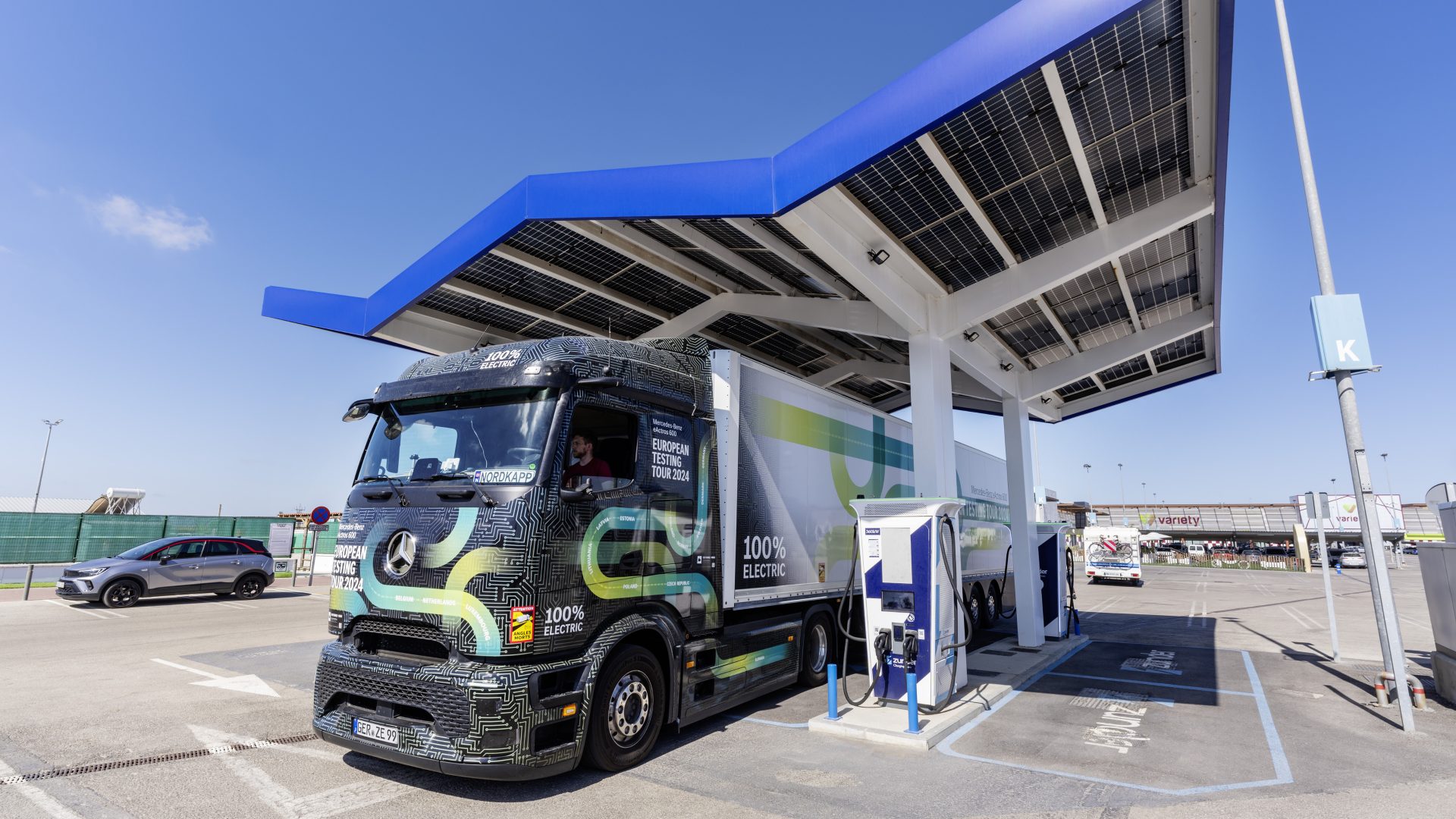
The last part is also that we really support our customers also when they are operating the truck. And that, for example, we are having a fuel card, there is also an energy card, so you can make it easier to also pay the electricity at the fuel station when you have electric chargers. So, what I am saying is that we see that right now in transformation we need to at least support our customers much more than just selling the truck. And we are also happily doing it because we really want to push this transformation.
So, we can say Daimler Truck and Mercedes-Benz Trucks are in the energy market now…
Well, not really in the energy market, but we are at least making it easier for our customers to make the transformation. Of course, we want also that the big players starting to invest more in the electrical chargers everywhere because we will all be helped from. We need 35,000 chargers in Europe and we will not build them ourselves. We need other players to really step in and start to scale that up.
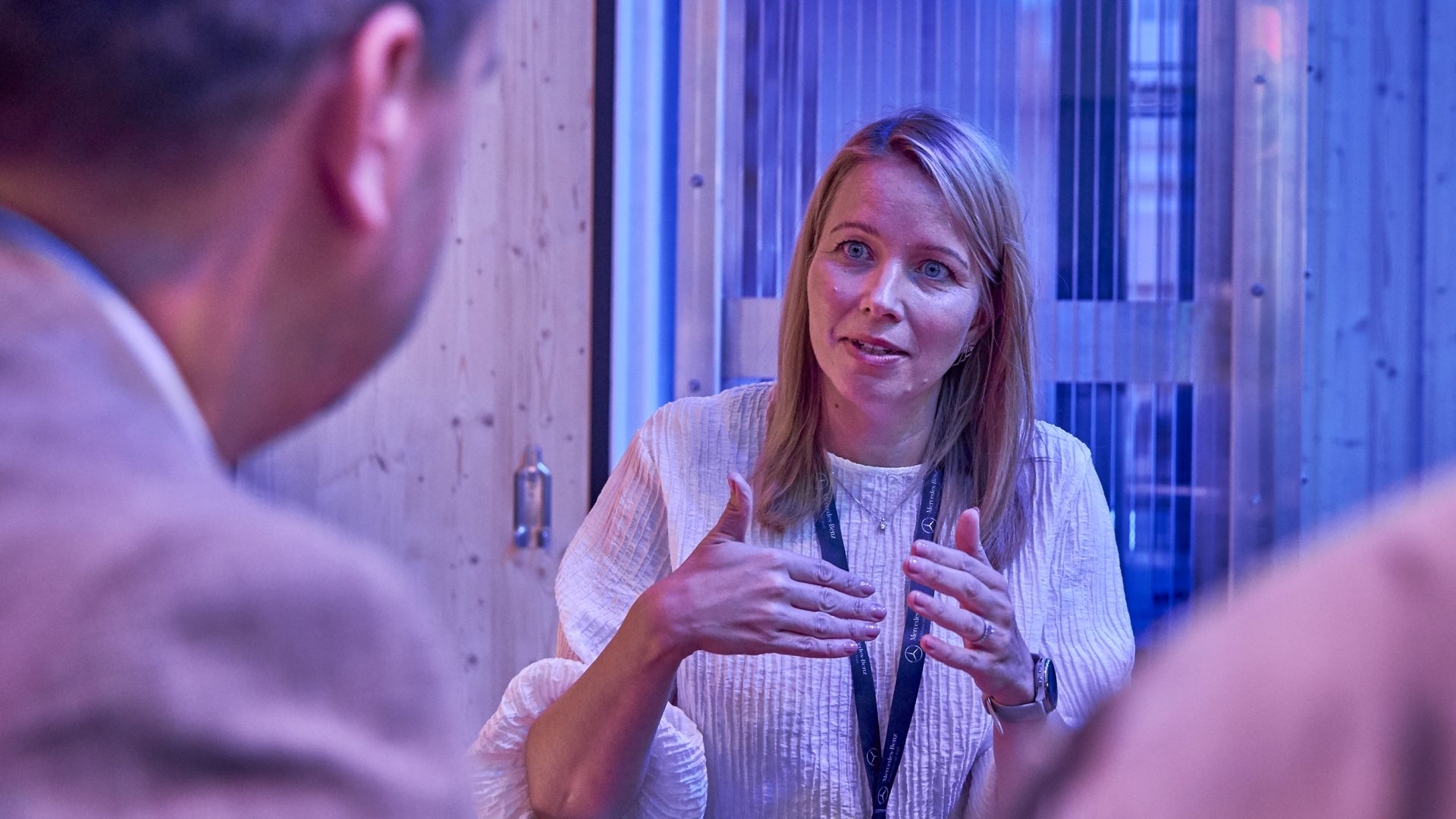
Is then Daimler Truck asking for support from the government or not?
Yeah, it’s what we see is that somewhere where we need support is really when it comes to infrastructure build up. That’s because that’s the main bottleneck. We now have the product. The product is there. So it’s no longer up to us, we believe, actually. As a product producer, we have it. But we need to make sure that this bottleneck with infrastructure goes away. Because I think that climate change is a shared problem and then also we need the legislation, we need the politicians and we need other companies to step in and speed up here.
What kind of customer support and financial solution does Mercedes-Benz Trucks offer when it comes to infrastructure?
First, we start with a route analysis, checking the customers route what could be a good route to electrify, to put in our products there. And there also we have of course the demo fleets that our customers can try them on and so on. And now we’re going to roll out the eActros 600 demo fleets also quite soon during next year. So, that’s the first one in order for customers also to try because it’s new also for the drivers and that’s the really cool thing and it’s quite interesting to see how a bit pessimistic the drivers are in the beginning and after they’ve been trying, then coming out there with a big smile because of course it’s a different working environment for them to have in this silent driving mode that it is.
But that’s with the consulting. And what we then do when it comes to supporting them in finding infrastructure and finance solutions, is we are having done very good cooperation with our in-house financial services. There, we offer financial solutions not just for the truck but also for all relevant infrastructure and I believe that’s a big, big help over here for our customers as well.



